Introduction
Abalone, a prized marine mollusk revered for its tender texture and briny-sweet flavor, has long been a culinary treasure in coastal regions worldwide. Steaming, a gentle cooking method that preserves the delicate essence of the meat, is often hailed as the optimal way to prepare this delicacy. This guide delves into the intricacies of steaming abalone, from selecting the finest specimens to executing flawless cooking techniques. Whether you are a novice cook or a seasoned chef, this article equips you with the knowledge to elevate your abalone preparation to gourmet standards.
Understanding Abalone: Species and Sustainability
Abalone belongs to the Haliotidae family, with over 100 species inhabiting oceans across the globe. Common edible varieties include red abalone (Haliotis rufescens), green abalone (Haliotis fulgens), and blacklip abalone (Haliotis rubra). Sustainability is critical when sourcing abalone, as many wild populations face overfishing threats. Opt for farmed abalone from certified aquaculture operations, which offer a consistent supply while reducing environmental impact.
Selecting the Freshest Abalone
The foundation of exceptional steamed abalone lies in selecting high-quality specimens. Fresh abalone should exhibit:
- Firm, Intact Shells: Avoid cracked or damaged shells, which may indicate mishandling or spoilage.
- Responsive Meat: Gently tap the shell; live abalone will retract their flesh slightly.
- Clean Aroma: Fresh abalone should smell faintly of the ocean, not fishy or sour.
Frozen abalone, while convenient, requires careful thawing. Defrost slowly in the refrigerator to prevent texture degradation.
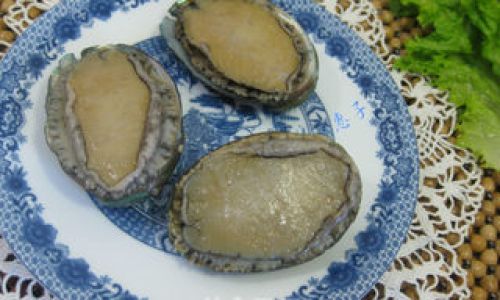
Preparing Abalone for Steaming
Proper preparation ensures tender, flavorful results:
1. Cleaning and Detaching the Meat
- Remove from Shell: Insert a sturdy knife between the meat and shell, gently prying to loosen. Maintain pressure to avoid tearing the flesh.
- Trim and Clean: Excise the visceral mass (dark internal organs) and the tough frill (edge of the meat). Rinse under cold water to remove grit.
2. Tenderizing Techniques
Abalone’s muscular foot can be chewy if not treated correctly:
- Scoring: Lightly crosshatch the meat’s surface with a sharp knife to allow heat penetration.
- Pounding: Cover with plastic wrap and gently pound with a meat mallet to soften fibers.
- Marinating: A brief 15-30 minute soak in a marinade (e.g., sake, ginger, and soy sauce) enhances tenderness.
Mastering the Steaming Process
Steaming preserves moisture and infuses subtle flavors without overpowering the abalone’s natural taste.
1. Equipment Essentials
- Steamer: A bamboo steamer or stainless-steel pot with a raised rack.
- Heat Source: Consistent medium-high heat to maintain a steady steam.
- Plate: Heatproof ceramic or stainless-steel dish to hold the abalone.
2. Step-by-Step Steaming Guide
- Preheat the Steamer: Fill the pot with 2-3 inches of water, ensuring the water level remains below the steaming rack. Bring to a rolling boil.
- Season the Abalone: Lightly brush with sesame oil, sprinkle with ginger slices, or add a splash of Shaoxing wine for aromatic depth.
- Arrange and Steam: Place the abalone in a single layer on the plate. Steam for 5-8 minutes per 3-ounce portion. Smaller abalone (1-2 ounces) require 3-5 minutes; larger specimens (4+ ounces) need 8-10 minutes.
- Test for Doneness: Insert a toothpick; it should glide through the meat with slight resistance. Overcooking results in rubberiness.
Flavor Enhancements and Accompaniments
Steamed abalone’s versatility allows for endless customization:
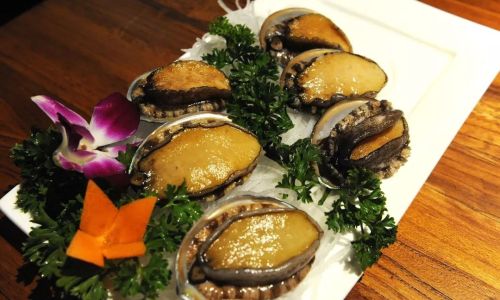
1. Sauces and Glazes
- Classic Chinese: Combine light soy sauce, oyster sauce, and a touch of sugar.
- Citrus-Infused: Lemon zest, lime juice, and cilantro for a refreshing twist.
- Spicy Sichuan: Chili oil, Sichuan peppercorns, and garlic for bold heat.
2. Garnishes and Sides
- Fresh Herbs: Chopped scallions, shredded ginger, or microgreens.
- Starchy Bases: Steamed jasmine rice, sticky rice, or cellophane noodles.
- Vegetables: Blanched bok choy, snow peas, or enoki mushrooms.
Advanced Techniques for Culinary Enthusiasts
1. Double Steaming (Chong Qing Style)
Enhance flavor by steaming abalone in a broth-filled bowl placed atop the steaming rack. Infuse the broth with chicken stock, dried scallops, and goji berries for umami richness.
2. Tea-Smoked Steaming
Place a layer of fragrant tea leaves (e.g., jasmine or pu-erh) and raw rice beneath the steaming rack. The smoke imparts a subtle, earthy aroma.
Troubleshooting Common Issues
| Problem | Solution |
|---|---|
| Tough Texture | Reduce steaming time; tenderize via pounding. |
| Fishy Aftertaste | Rinse thoroughly; use ginger or sake in marinade. |
| Uneven Cooking | Ensure uniform thickness; avoid overcrowding the steamer. |
Health Benefits of Abalone
Beyond its gastronomic appeal, abalone offers notable nutritional value:
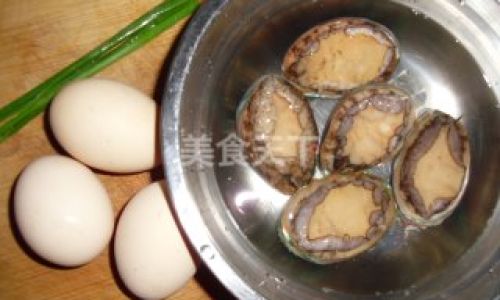
- Protein Powerhouse: A 3-ounce serving provides 20g of lean protein.
- Rich in Minerals: High in iodine, iron, and selenium.
- Omega-3 Fatty Acids: Supports heart and brain health.
Cultural Significance of Steamed Abalone
In Chinese cuisine, steamed abalone symbolizes prosperity and is a staple at banquets. Japanese chefs often serve it chawanmushi-style, blended into silken egg custard. Western adaptations might pair it with beurre blanc or herb butter.
Storage and Reheating
- Refrigeration: Store raw abalone in an airtight container for up to 2 days.
- Freezing: Wrap tightly in plastic; use within 3 months.
- Reheating: Steam briefly (1-2 minutes) to retain moisture; avoid microwave drying.
Sustainable Practices and Ethical Considerations
Support abalone farms adhering to eco-friendly protocols, such as recirculating aquaculture systems that minimize waste. Avoid purchasing wild-caught abalone from regions with endangered populations.
Conclusion: Elevating Your Steamed Abalone Game
Steaming abalone is an art that balances precision and creativity. By mastering selection, preparation, and cooking techniques, you unlock a dish that dazzles the palate and honors this oceanic gem. Whether served as a centerpiece at a feast or a humble weeknight indulgence, perfectly steamed abalone is a testament to the harmony of culinary skill and natural bounty.
Final Thoughts
Experimentation is key to discovering your signature style. Adjust seasonings, explore global flavor profiles, and share your creations with those who appreciate the alchemy of sea and steam. With patience and practice, you’ll soon craft abalone dishes that rival Michelin-starred kitchens. Bon appétit!


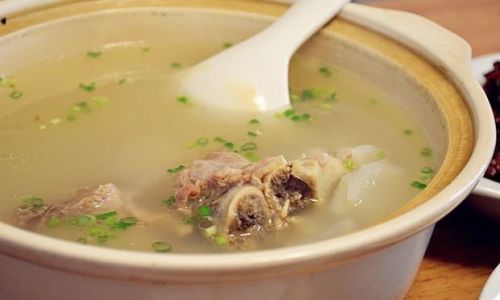
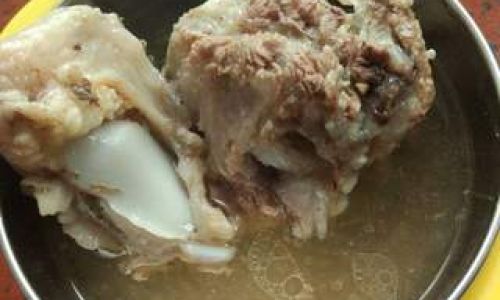
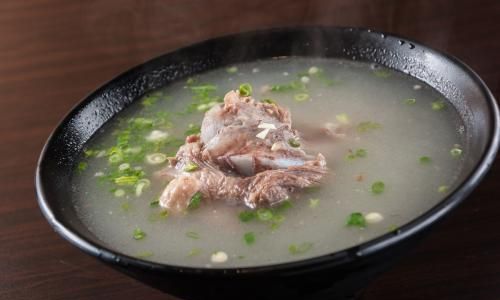
0 comments